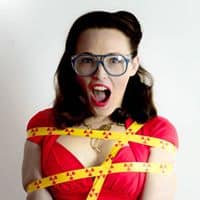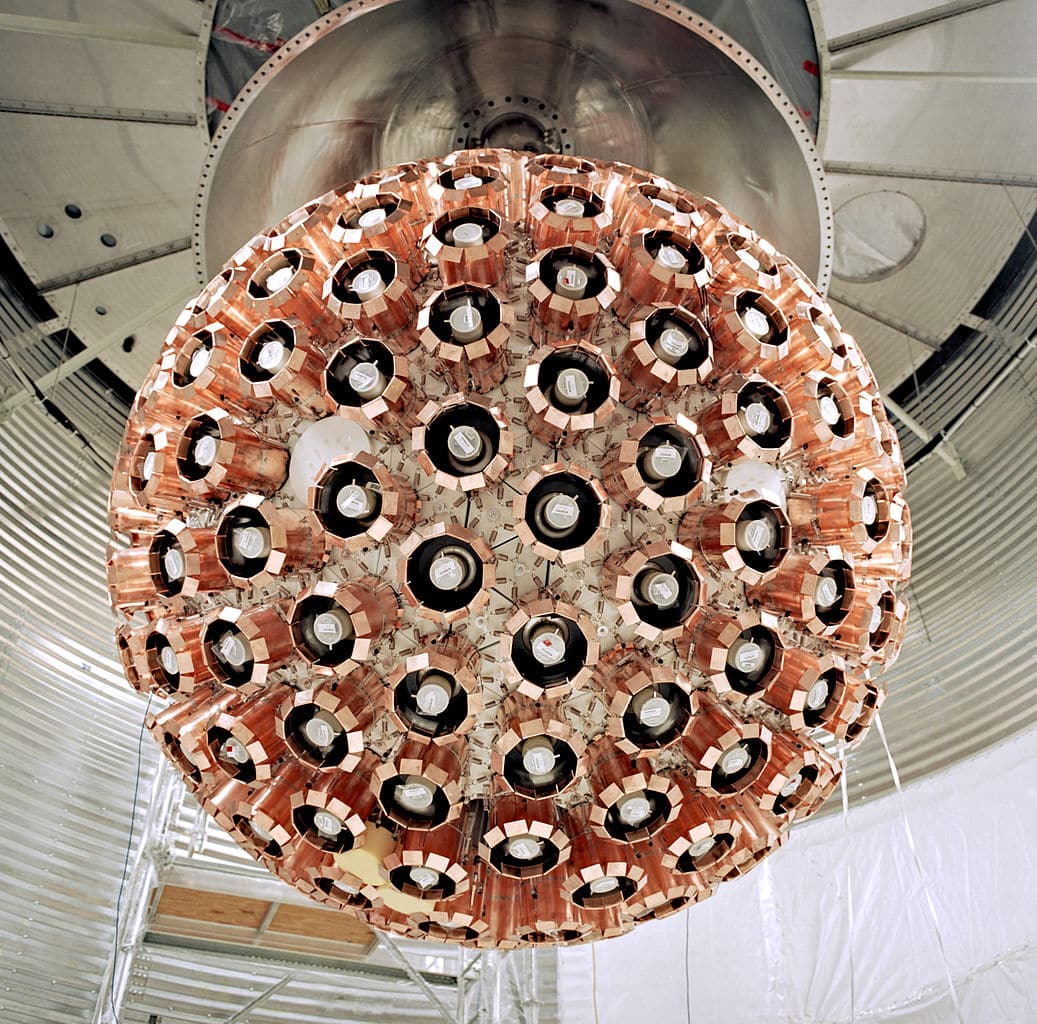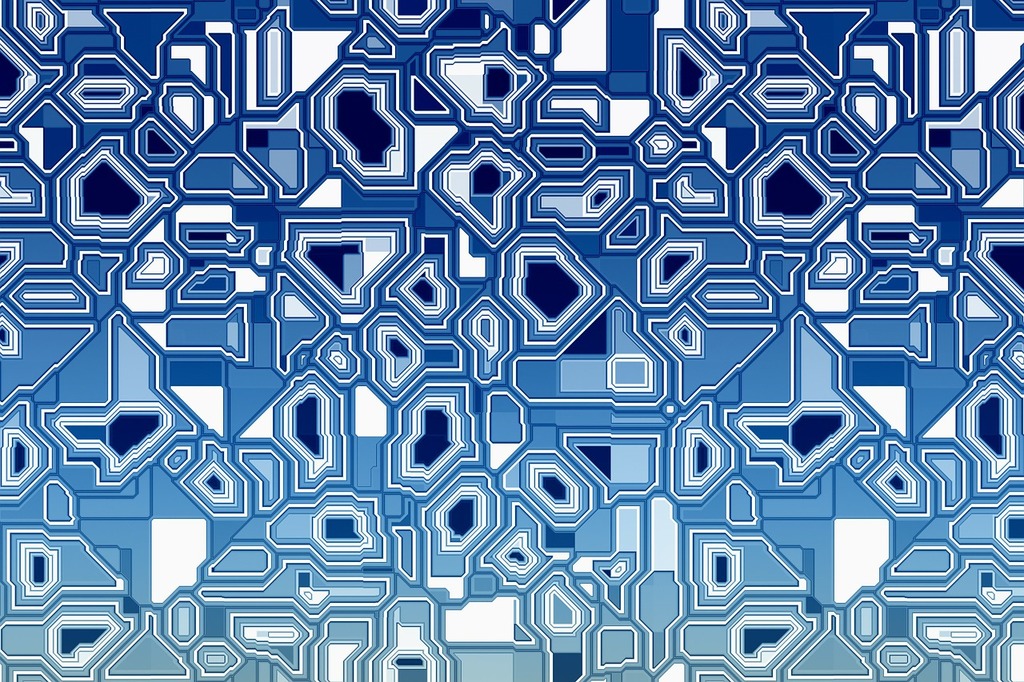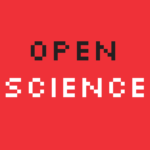The Sound of SCIENCE - How I Learned to Work with Artists
 Science is BORING!
Science is BORING!
This is a statement I hear all too often when talking to people outside of science. Sometimes phrased differently, but the meaning remains. People think that science is boring and dull.
Since I don’t look much like your stereotypical scientist – you know that old guy with a lab coat and a manic stare – many assume that I’m from the arts and humanities and thus tend to give me their unfiltered opinions of science and scientists. I listen. I learn. I collect the data. I’m a scientist after all.
Serving Science by Stealth
“Science is boring.” This statement makes me sad. It saddens me because it indicates that we have lost people along the way. It means that we have failed to communicate the utter wonders of modern science and this during times, when society is “exquisitely dependent on science and technology,” as the great science communicator Carl Sagan so wisely pointed out.
I try to understand how to make people view science with that eye of wonder most scientists do. This is why I started to do science communication using humor, art, and music. Not only is it a lot of fun, but it has been extremely effective too. Serving science by stealth. My aim is to bring two worlds together that never should have separated like this, and to create an amazing story that moves and inspires.
I’m sure that the artists I work with similarly observe me and log the data.
Who knows, maybe it’s them who serves me art and music by stealth?
“We live in a society exquisitely dependent on science and technology, in which hardly anyone knows anything about science and technology.”
– Carl Sagan
Art & Music as a Communication Method
Music is a great shortcut to people’s emotions. Just try to watch Le Miserable or The Lion King without the rather manipulative musical score and you will likely find them much less emotional than with the music.
There really isn’t a reason why science can’t have a soundtrack or why a story has to leave out some great scientific details just because it is played on an opera or theater stage.
I’m very lucky that my collaborators (see below) share this perspective.
I work with a team of world-renowned singers, dancers, and musicians to produce operas that bring together science and art. Our first opera was L’Orfeo by Monteverdi, one of the first operas ever written. Our overture was a short performative lecture on pain and pain processing. My lectures are more like theatrical performances in which we make use of audio and video art to underline the story. Then, seamlessly, the opera starts with its hauntingly beautiful music depicting pain from another perspective.
Of course, I give normal lectures too for other purposes, such as recently at German SkepKon. Always know your audience.
Our second opera recently had its premiere at Halland Opera & Vocal Festival where we played A Man Hanged – Eight Songs for a Mad King which tells the story of Mad King George III, the king who lost America to the Americans and has been speculated to suffer from porphyria, bipolar disease, and/or arsenic poisoning.
We wanted to make people aware of the biochemical aspects of mental illness and to communicate some very interesting medical history. For A Man Hanged we had also built biophysical instruments so that opera singer Joa Helgesson was able to sing a sort of duet with the sounds of his own muscles contracting during a body suspension.
It was greeted with standing ovations, a humbling experience for a science nerd like me.
Check out my platform Doctor Anna’s Imaginarium for more articles and projects!
My wonderful collaborators are:
Opera singer Joa Helgesson
Santa Sangre Body Rituals, (Fakirs, WARNING! Graphic material)
Dancer Shannon Taylor (dancer)
Artist Darkam Arcadia
Conductor and pianist Rebecca Lang
Contemporary music ensemble Gageego!
You can find Anna on Facebook, Twitter, Patreon,and YouTube. Learn more on SciReach.

 Science is BORING!
Science is BORING!








I think that we forget that there is an art to science. A true artist, such as a singer or a painter, works within a very strict and rigorous framework, A singer must be able to sing on key, have perfect timing, and master tone. An painter must be able to understand color, lines, and perspective. A scientist must adhere to the rigors of scientific method and be cognizant of logic and reason. What make a great scientist is the fact that he or she is also a great artist. A singer, dancer, and scientist are all subject to math, physics and other sciences and within the constraint of their respective fields create art that elevates the human condition and stimulates the mind.